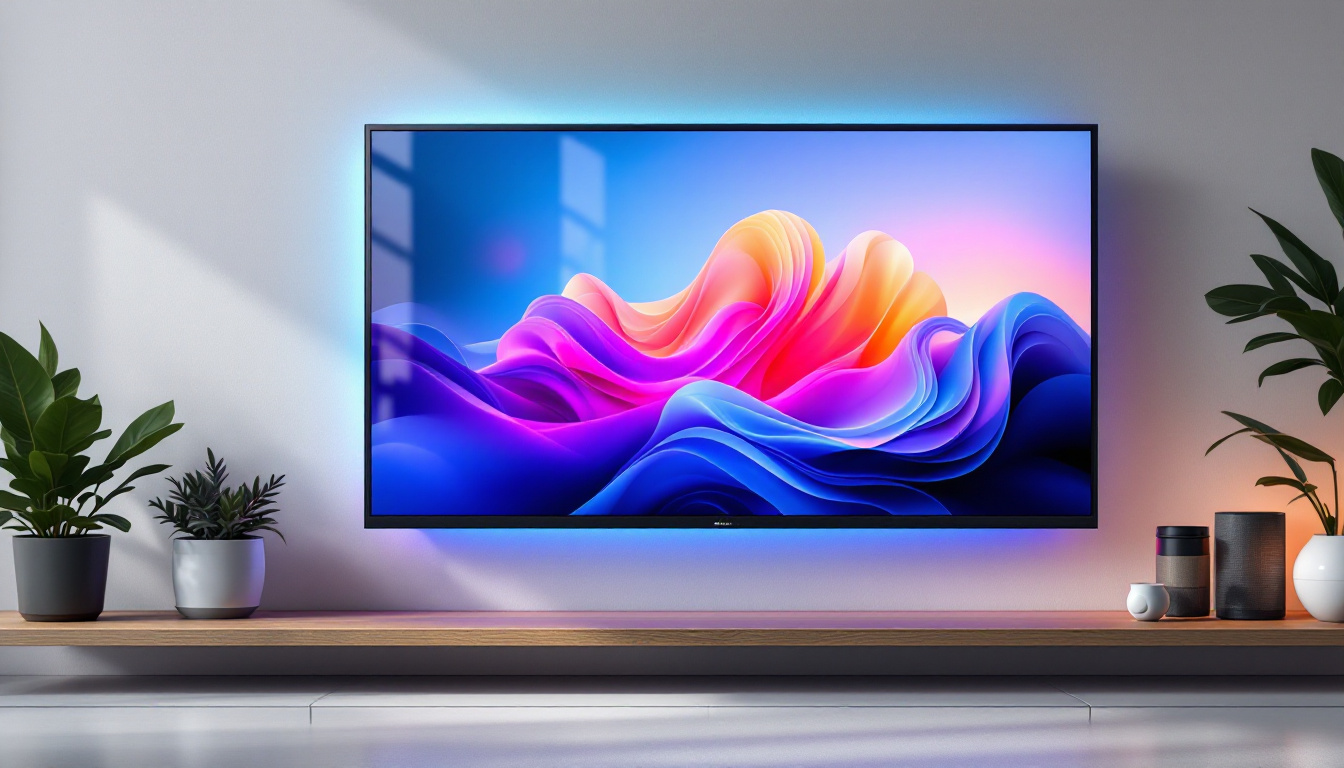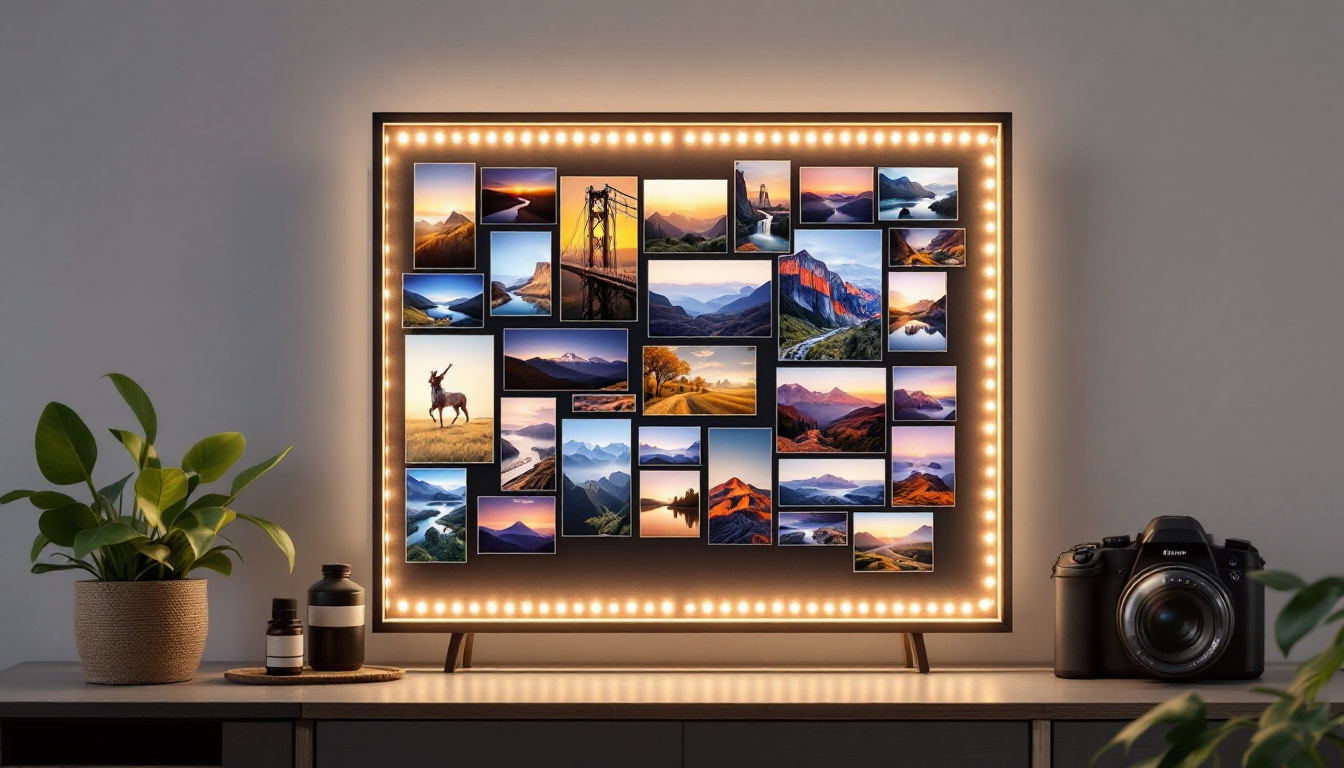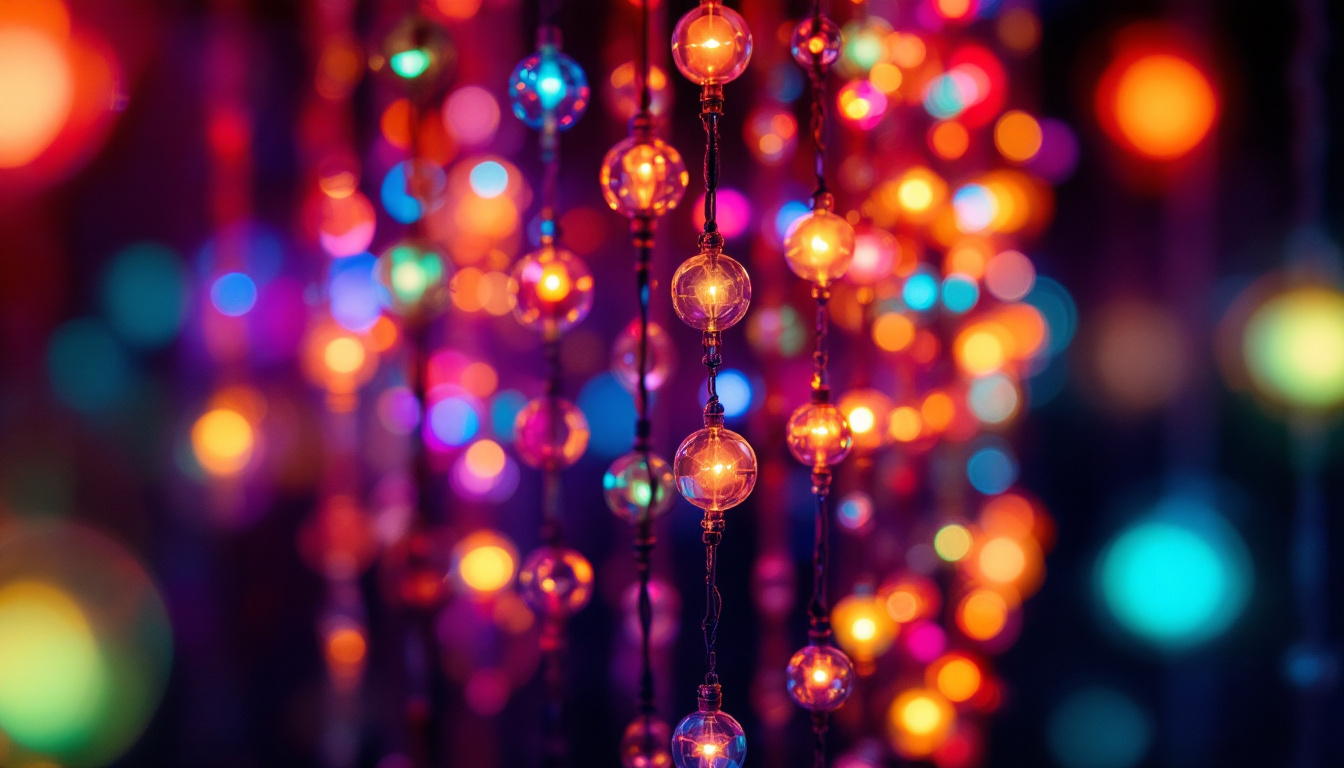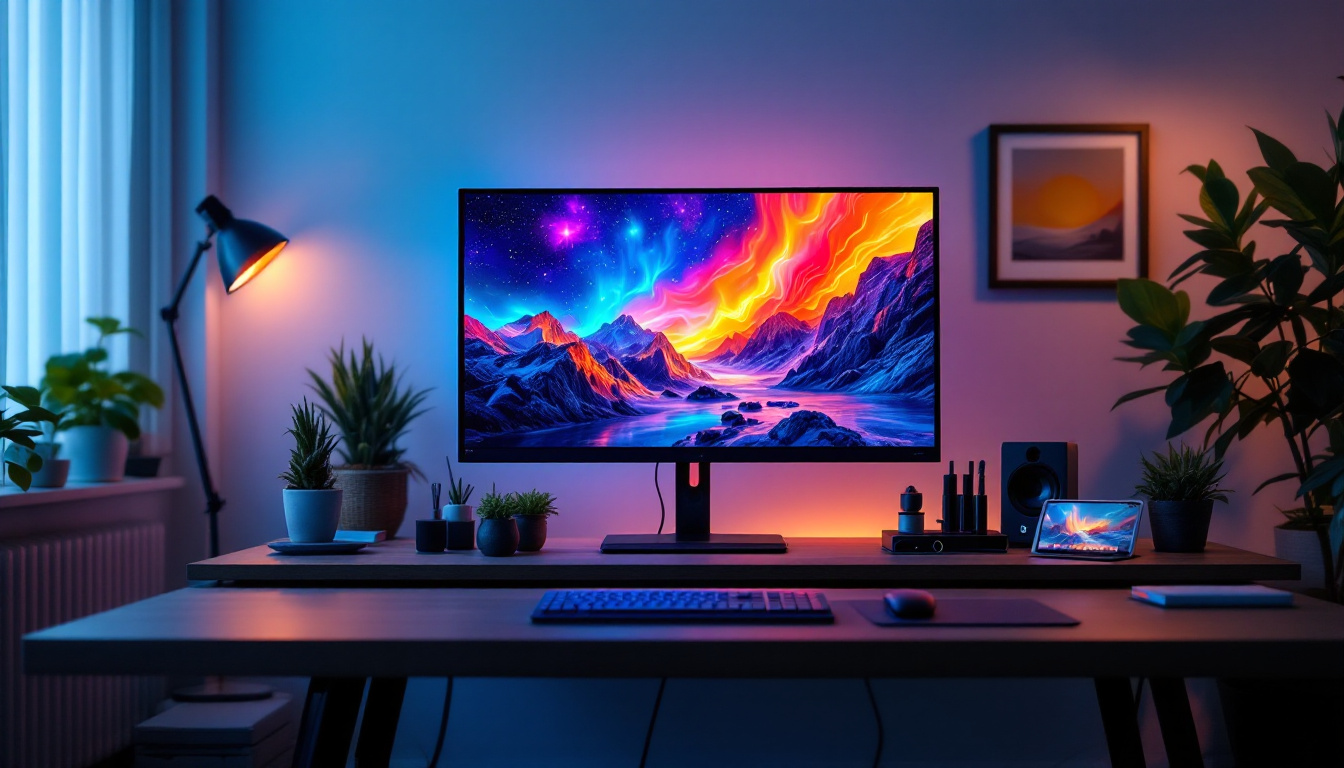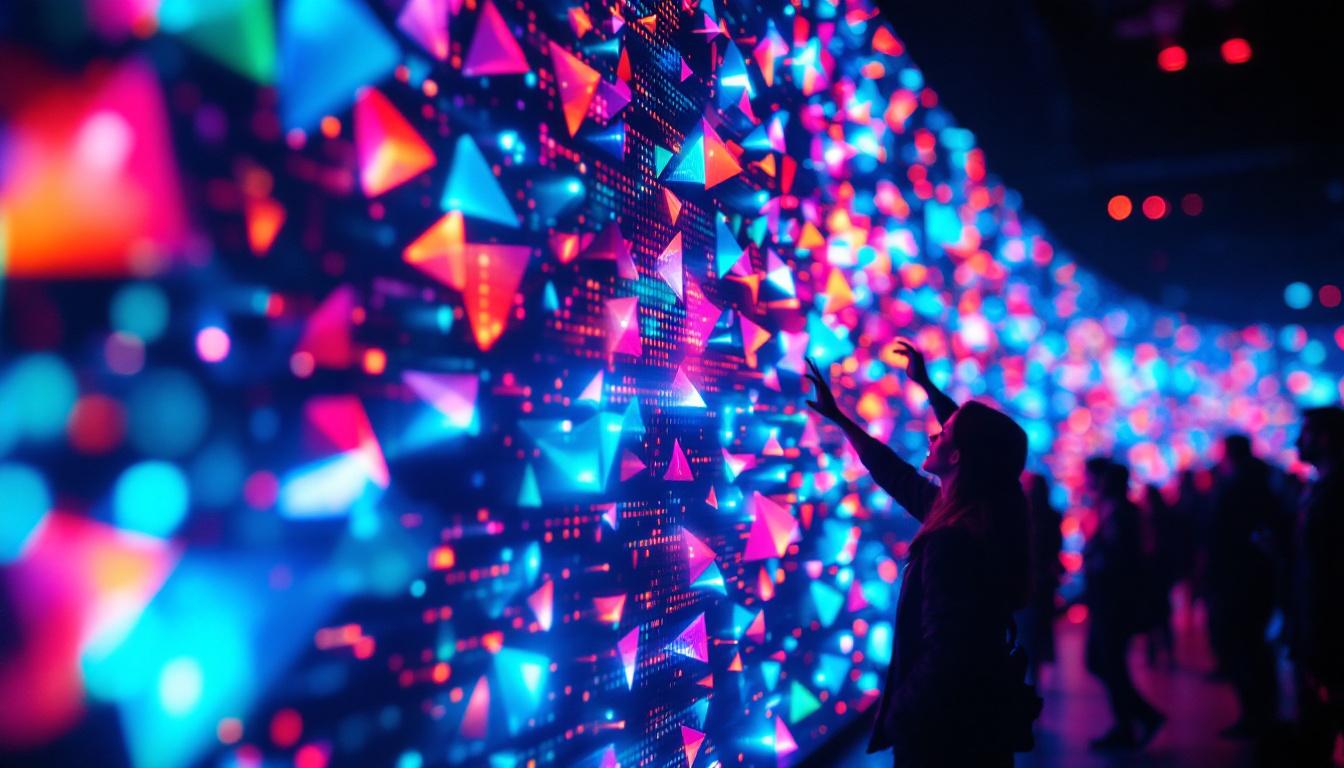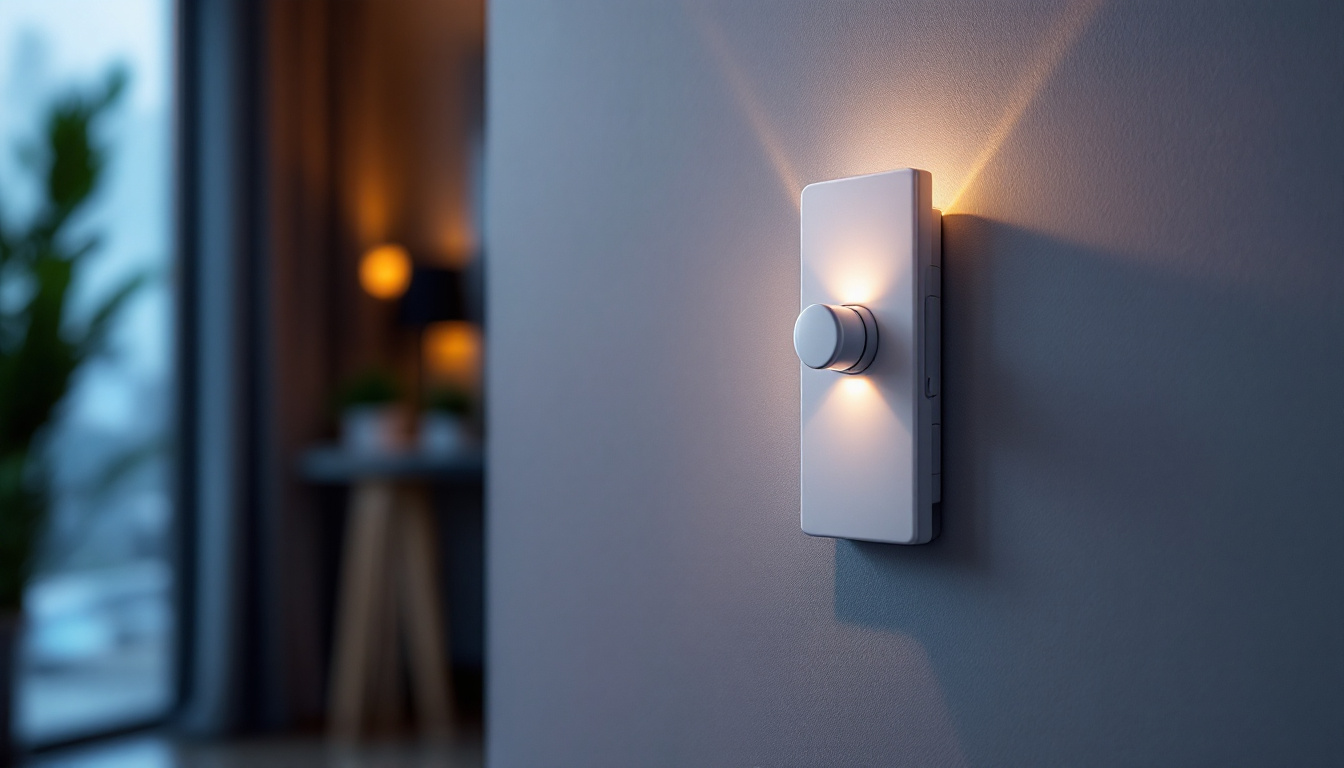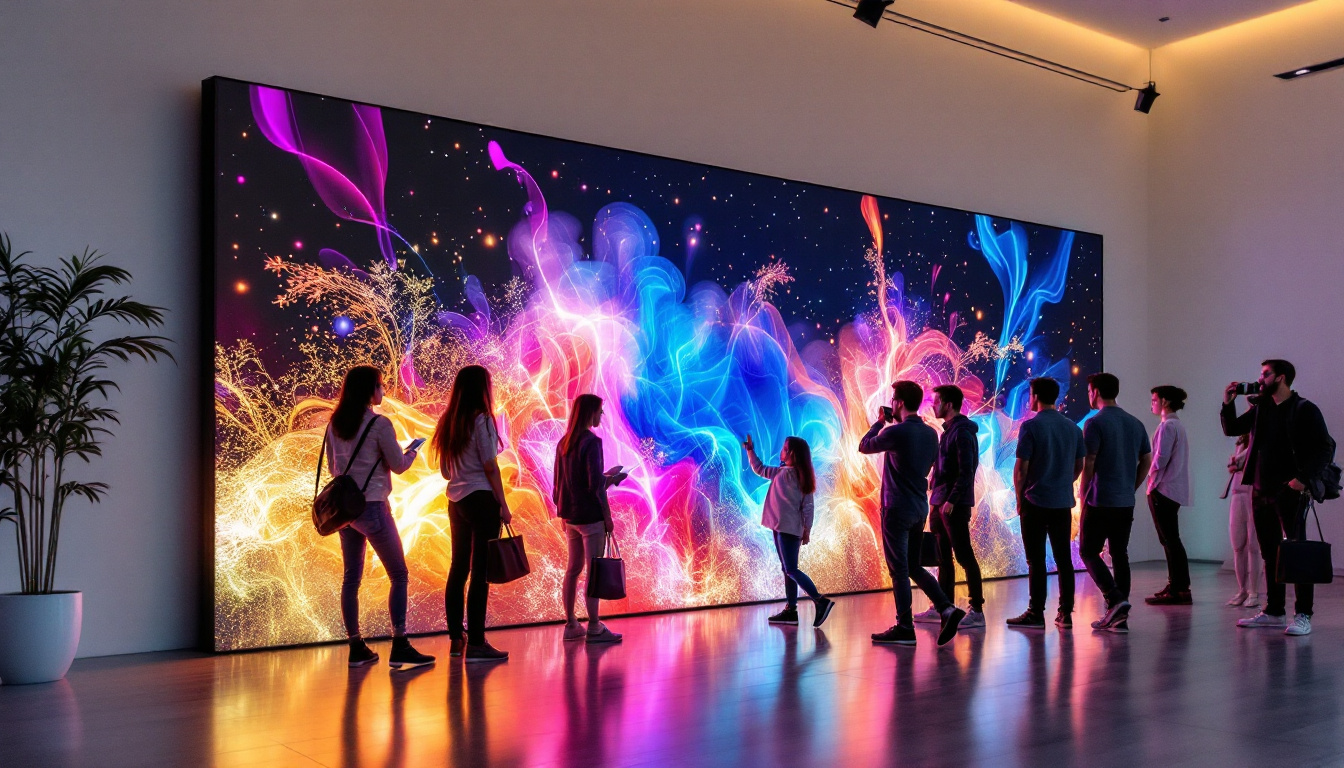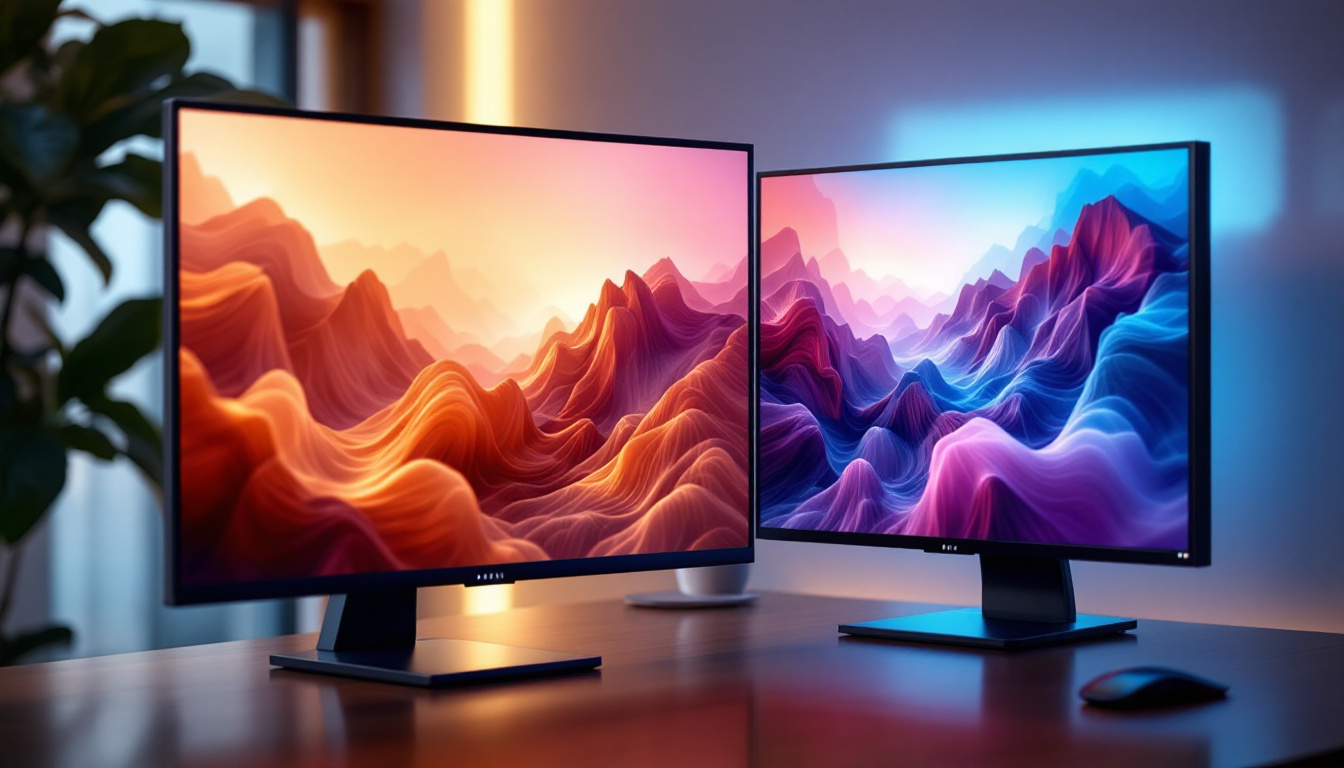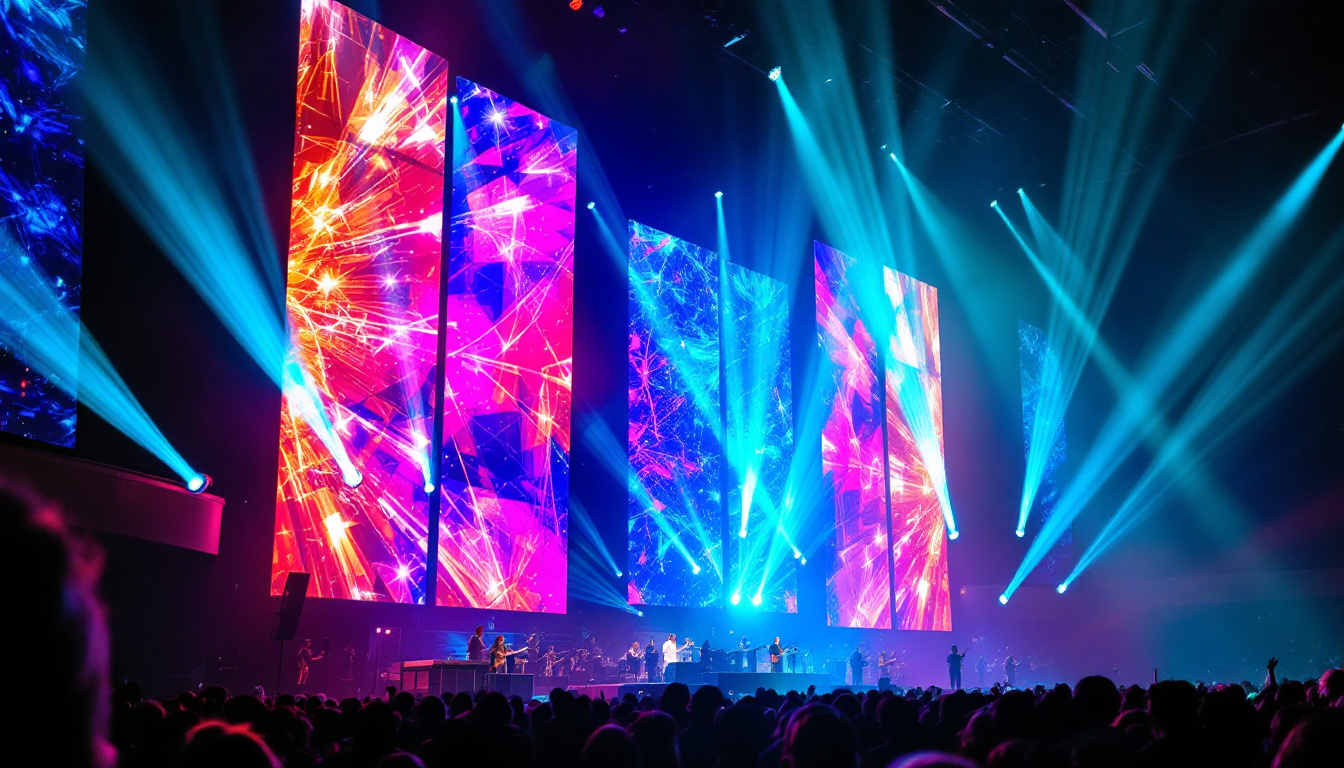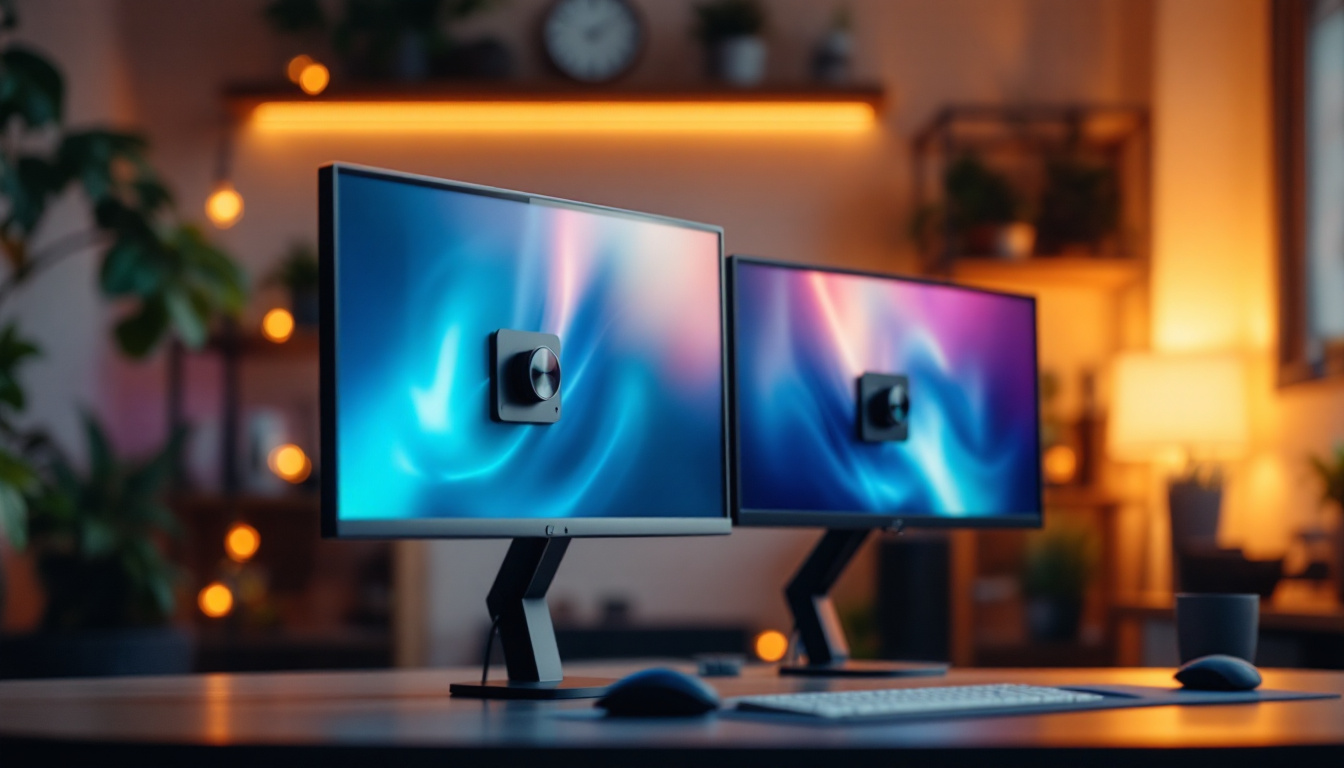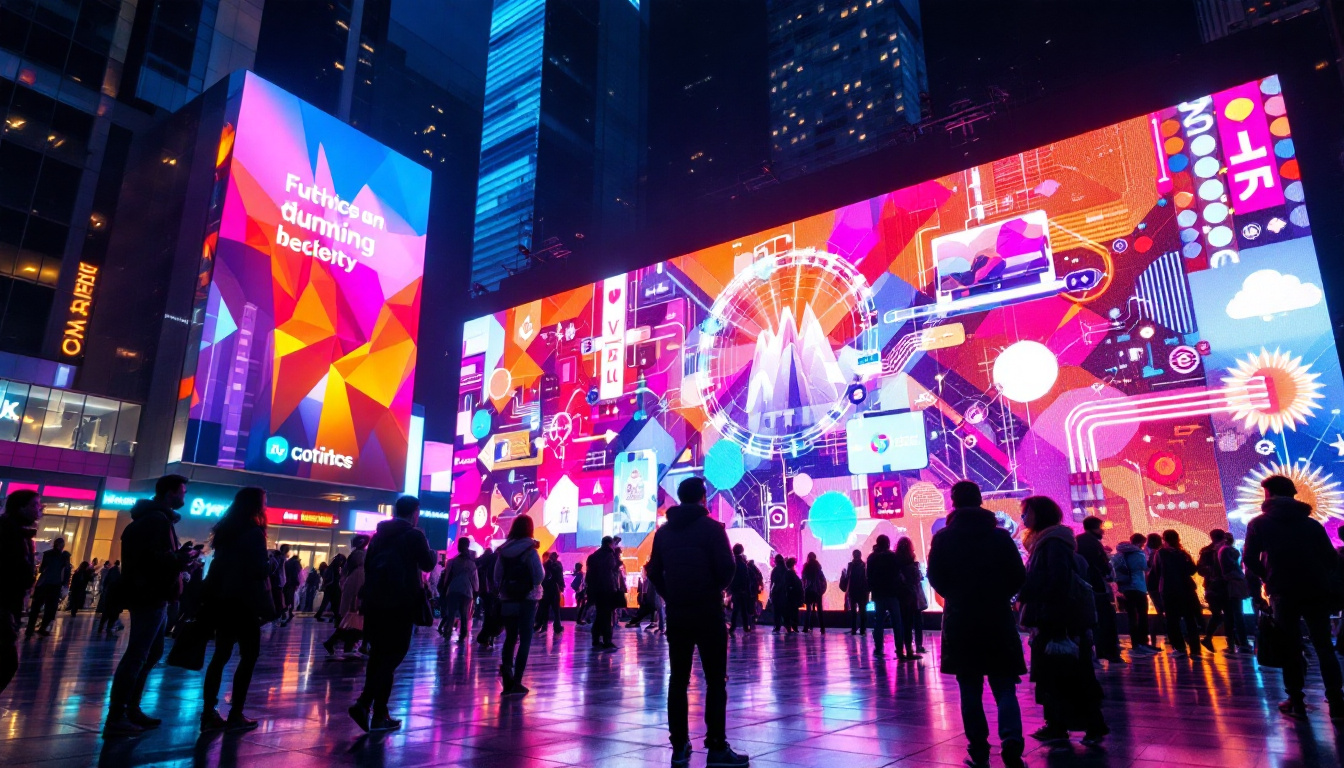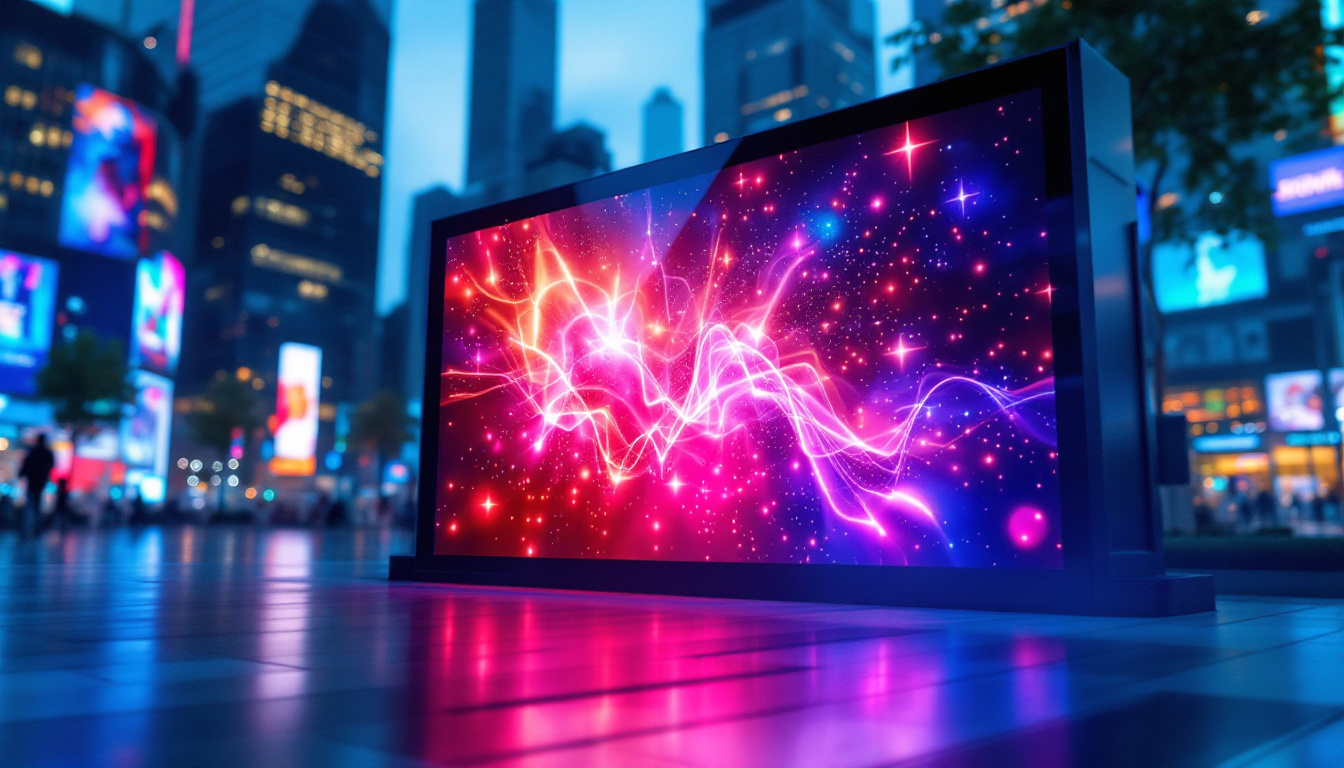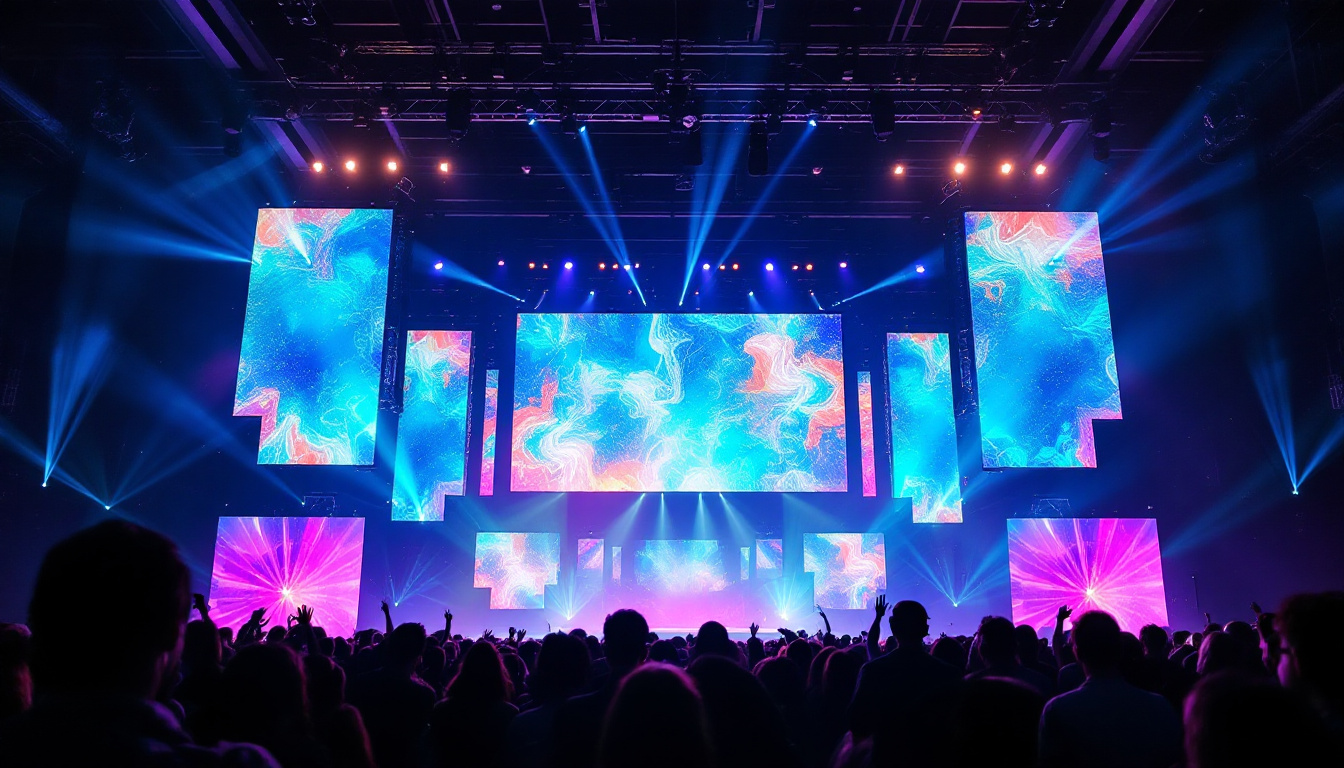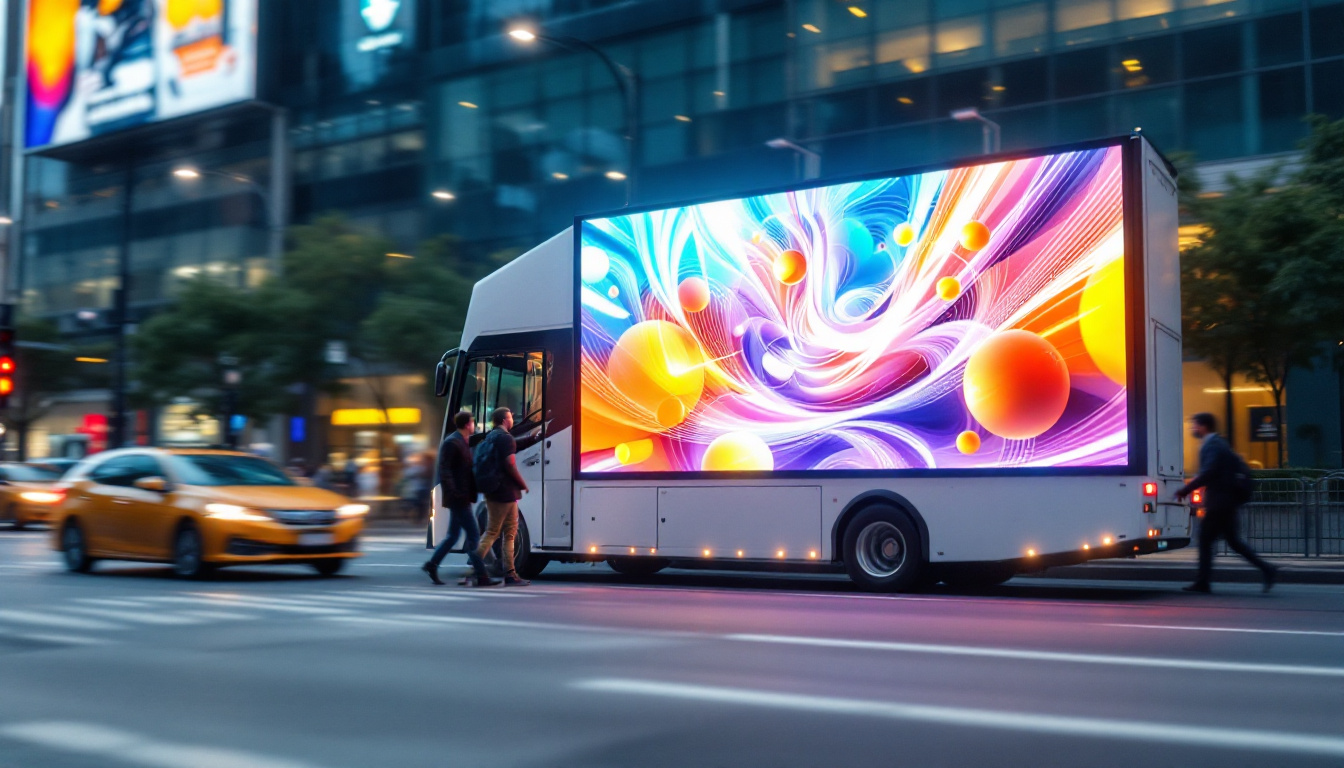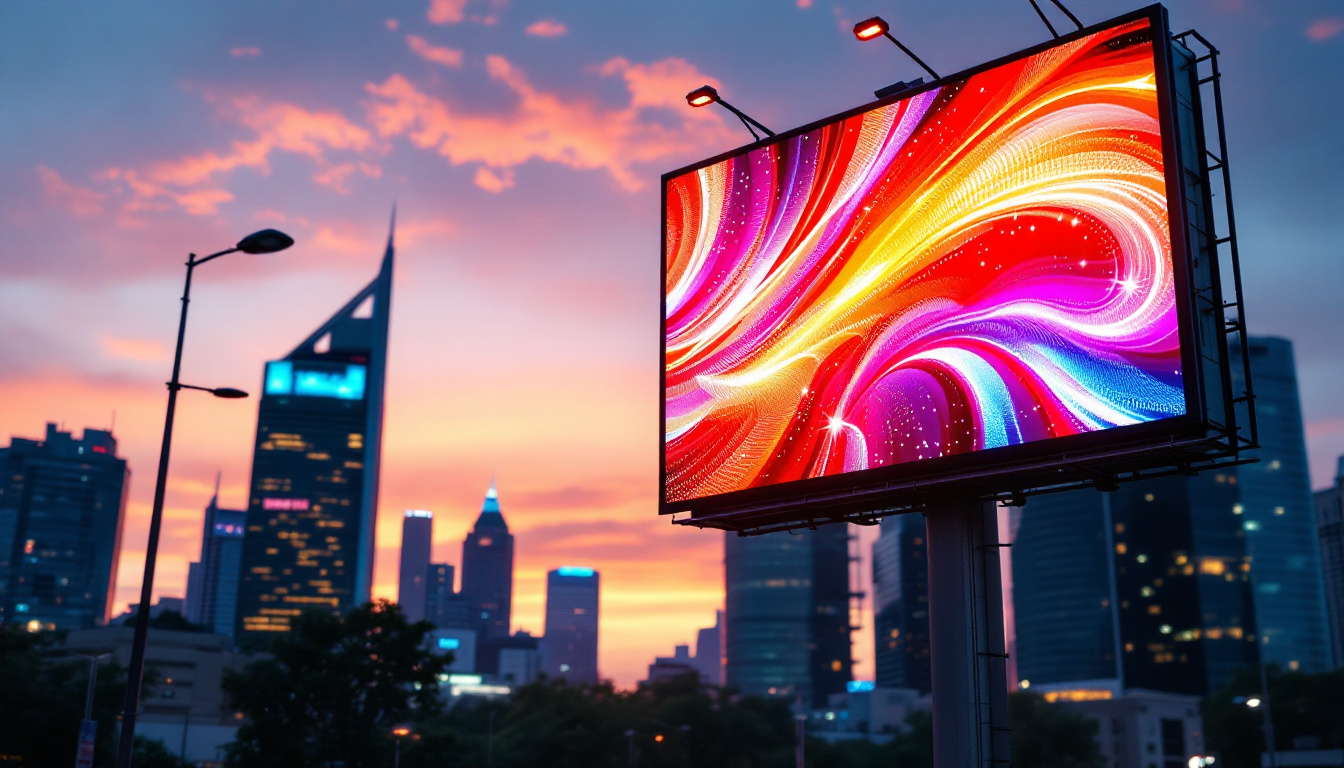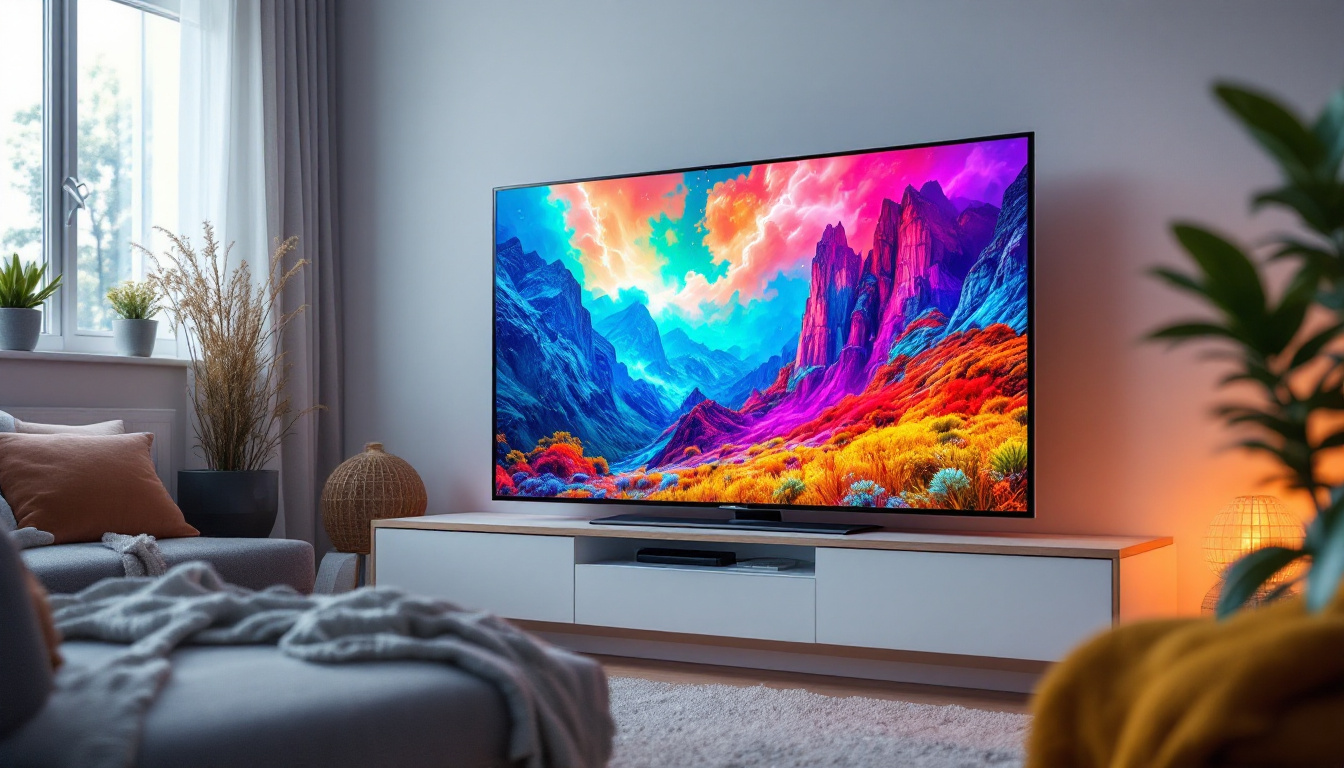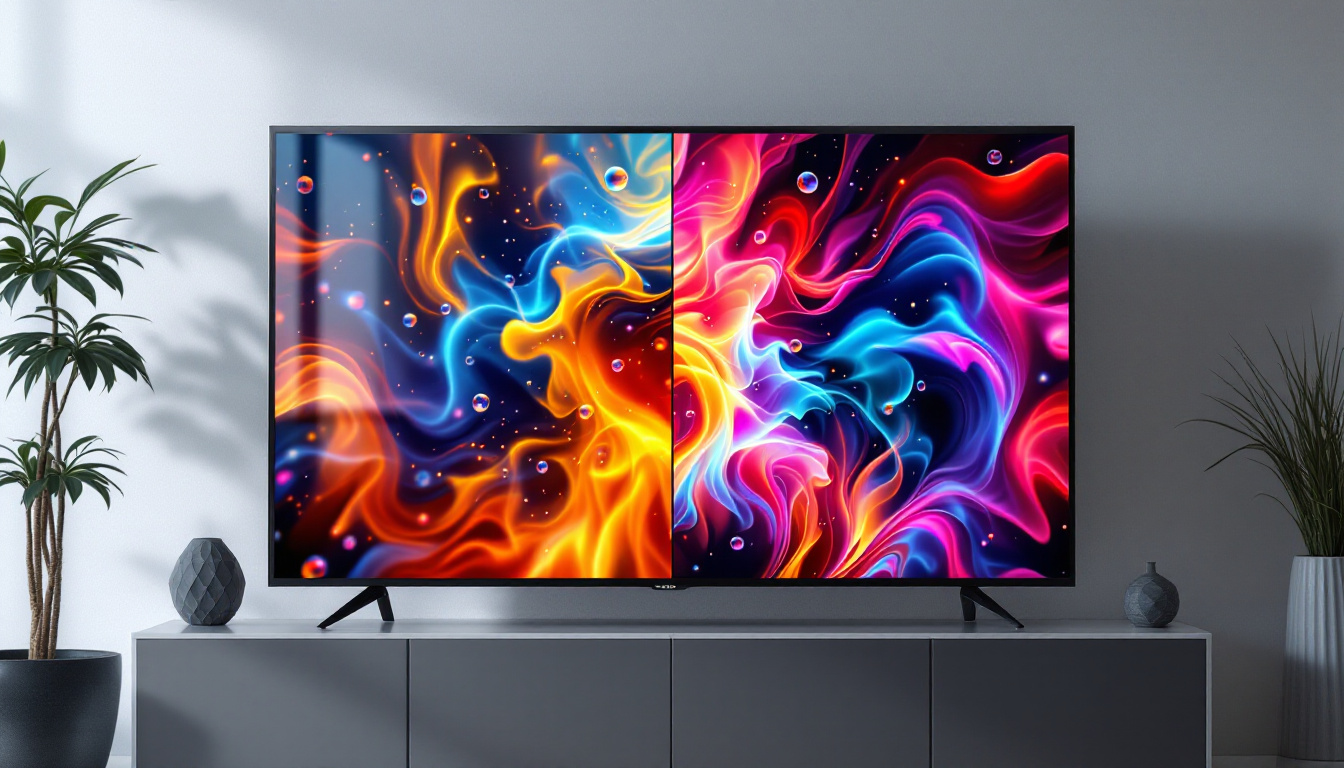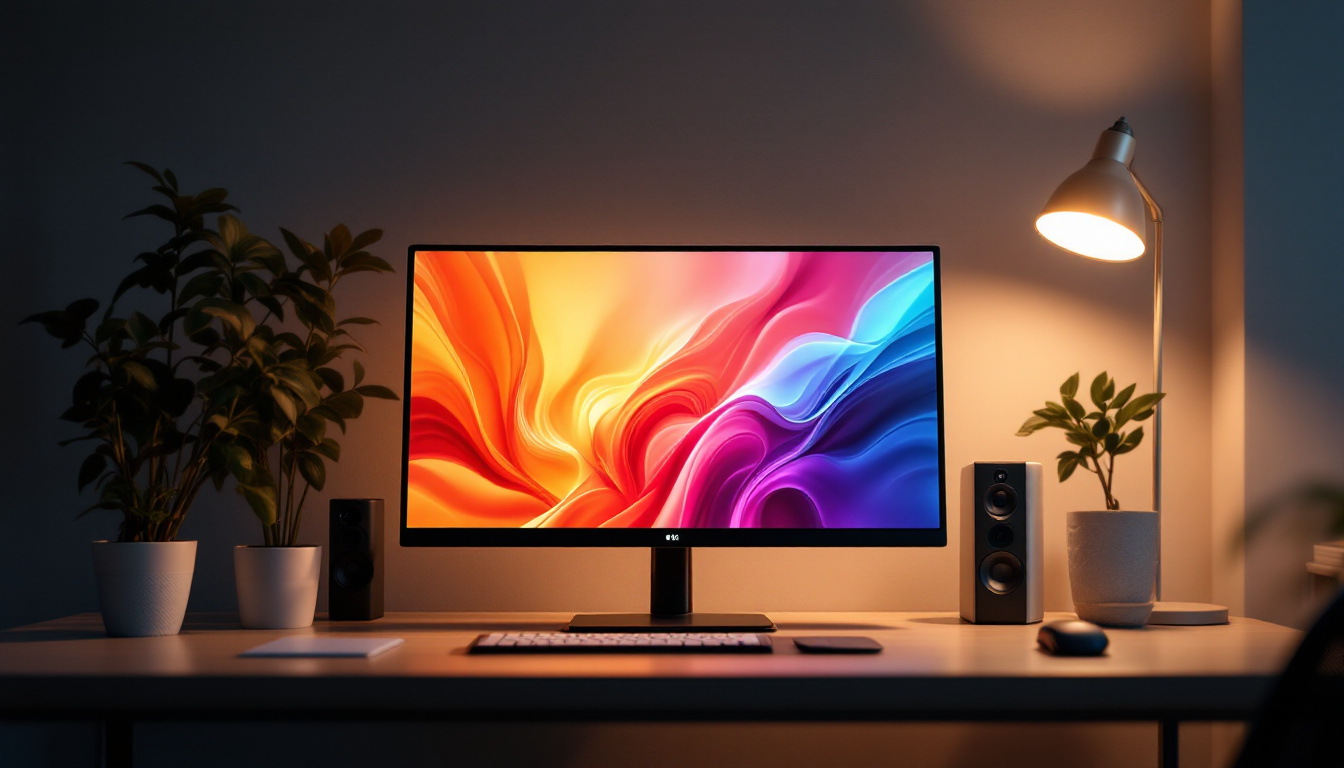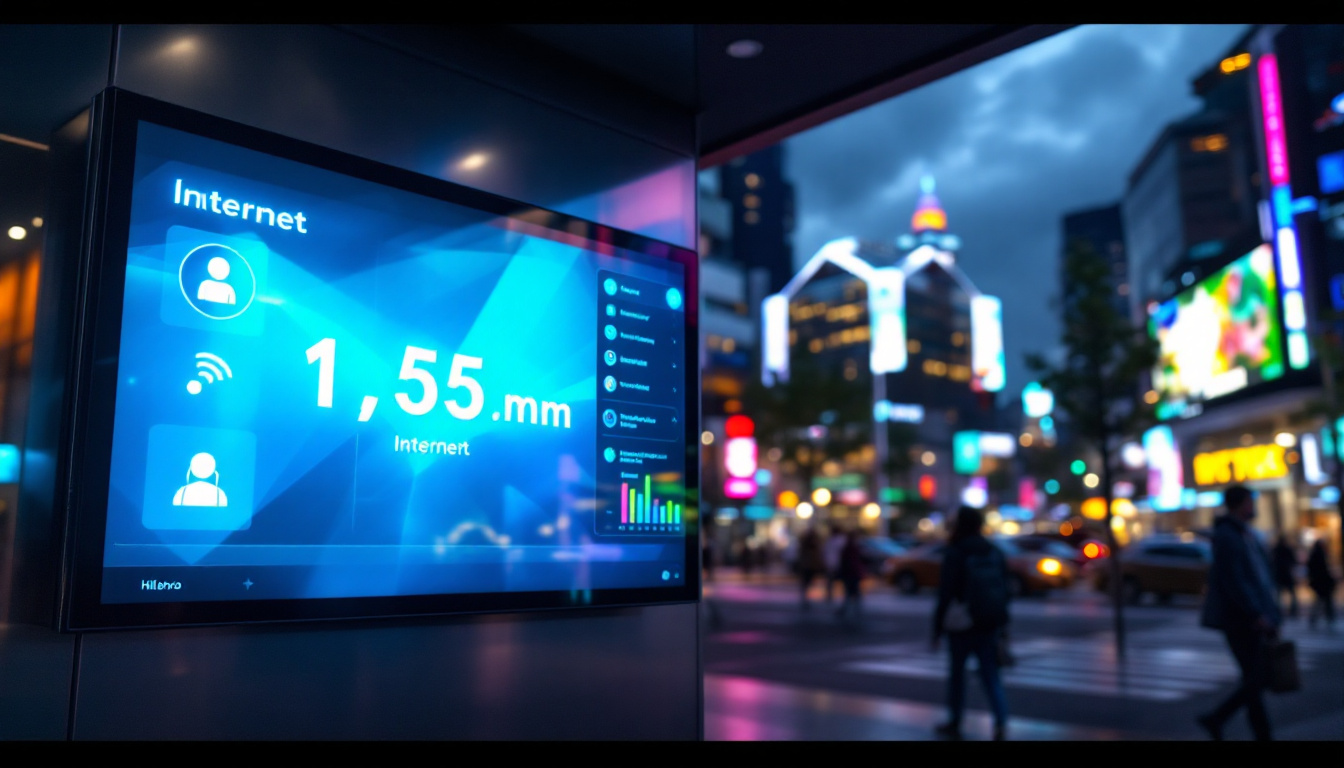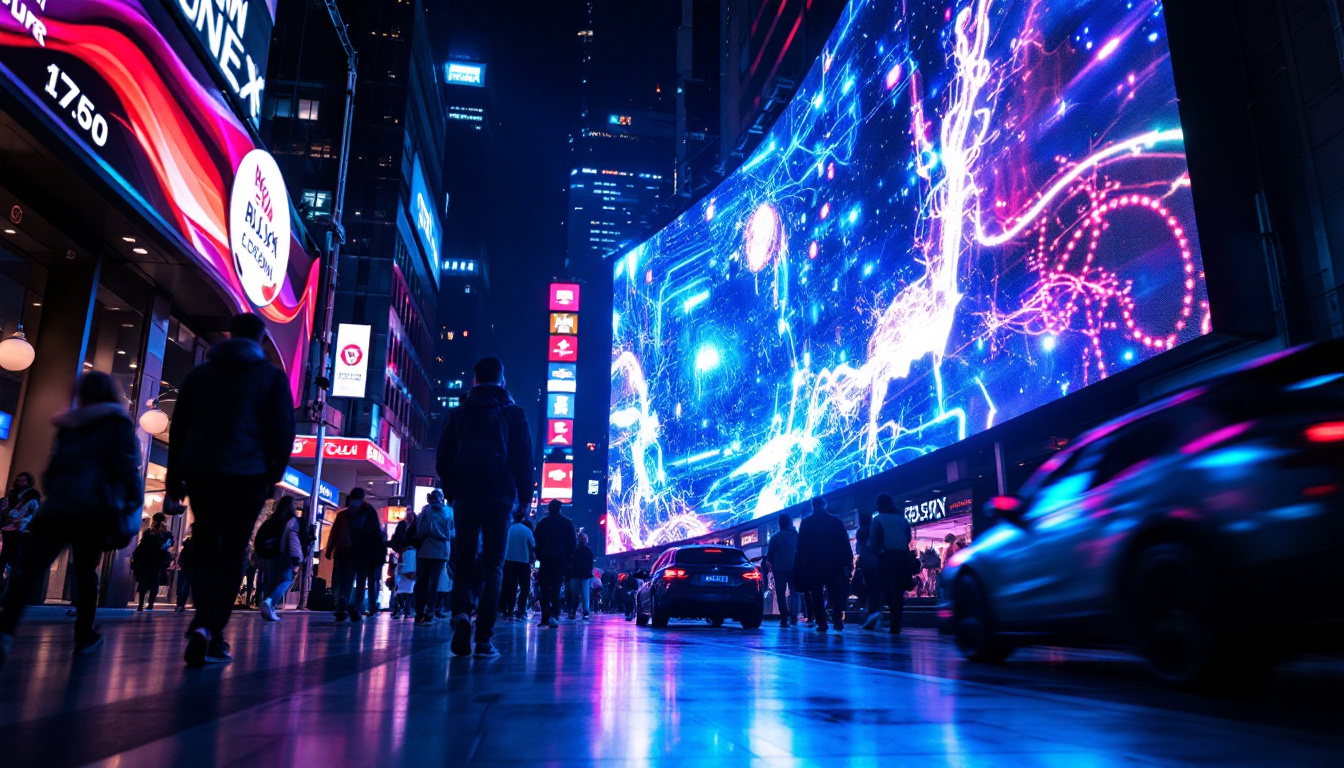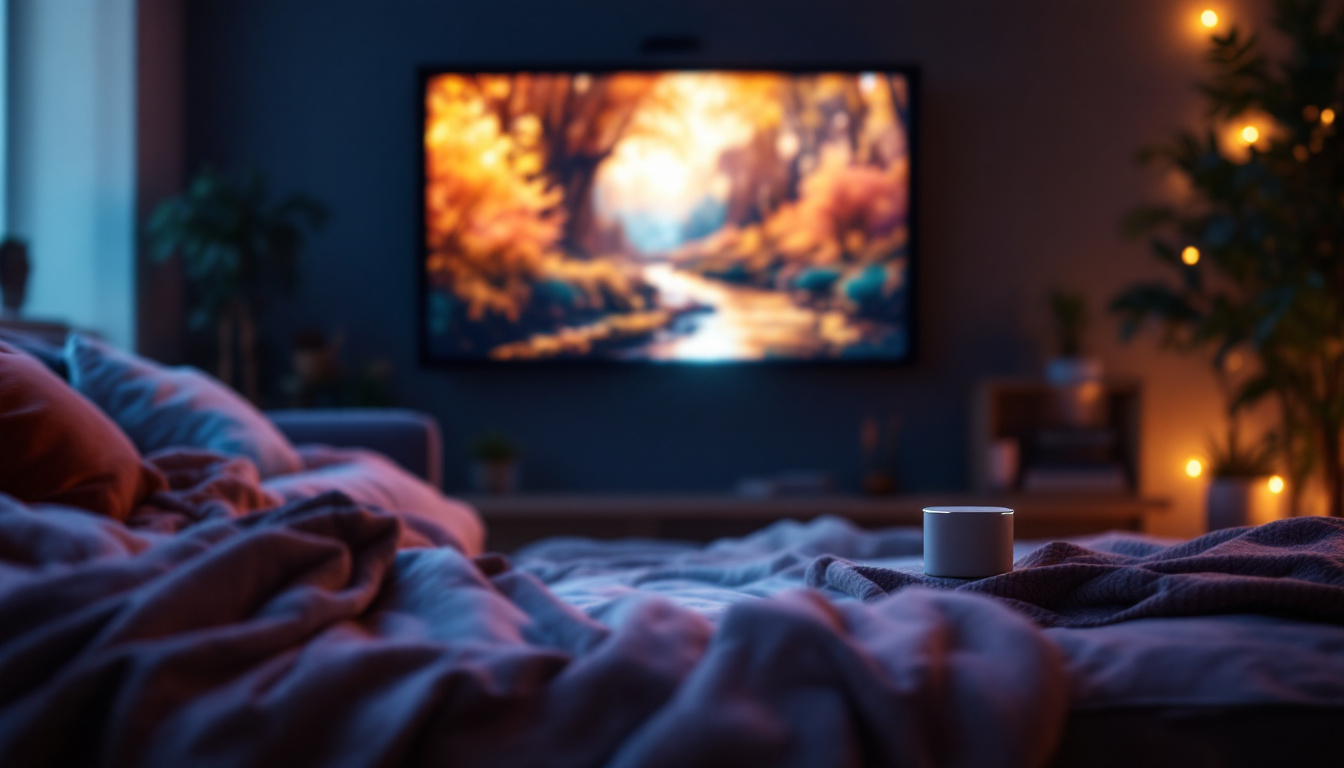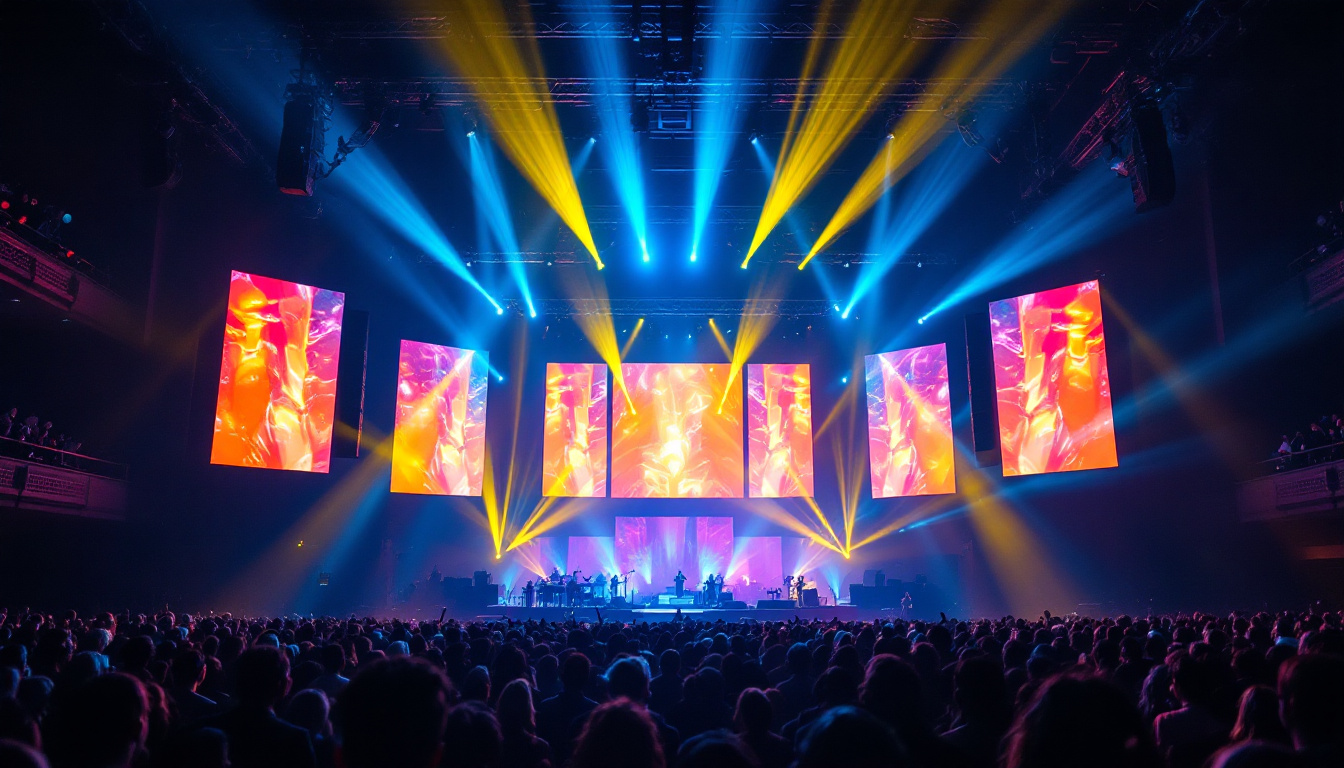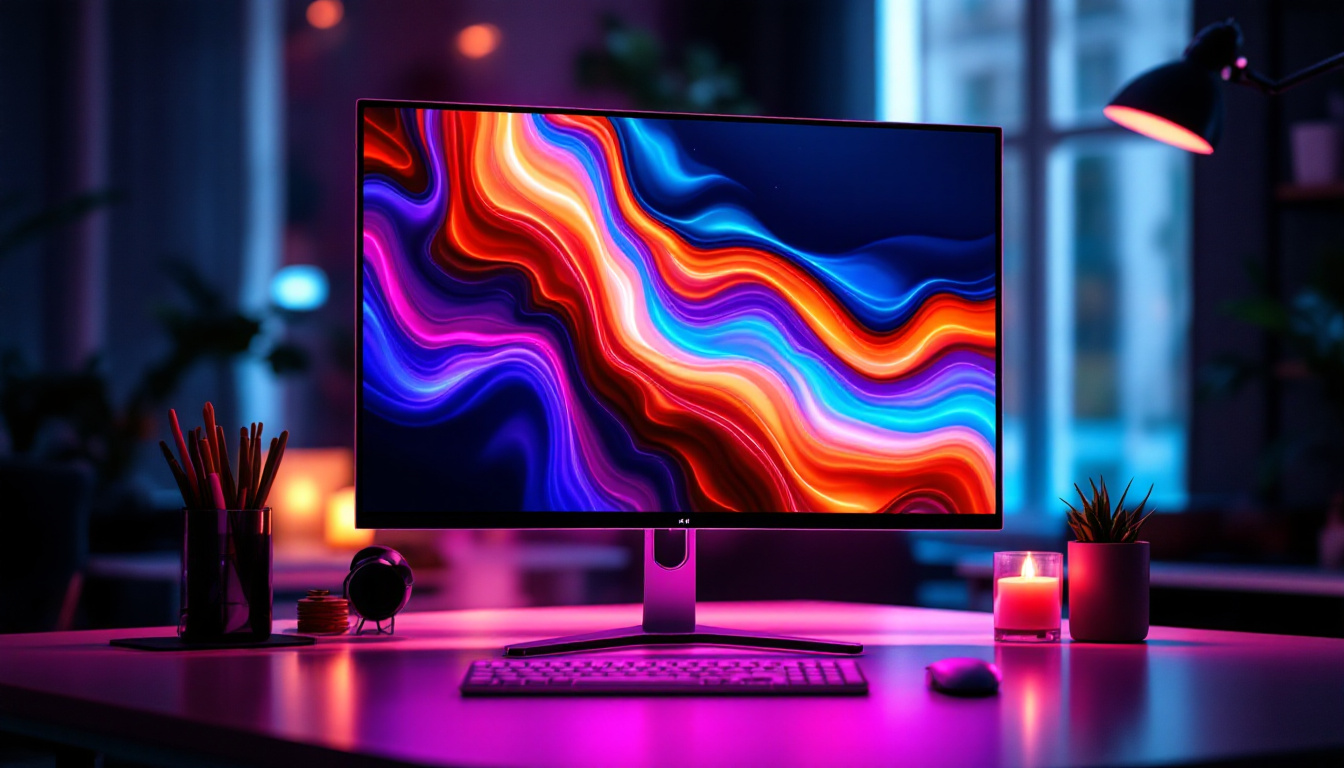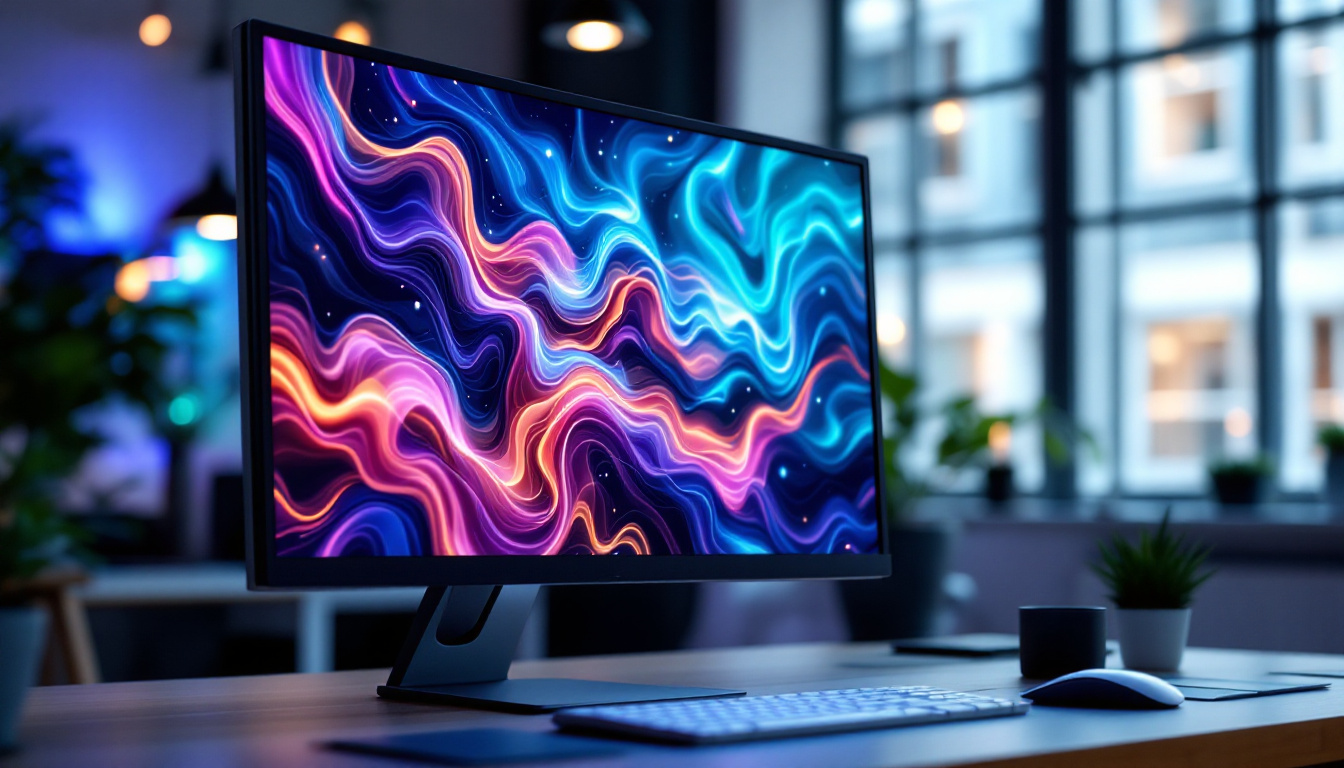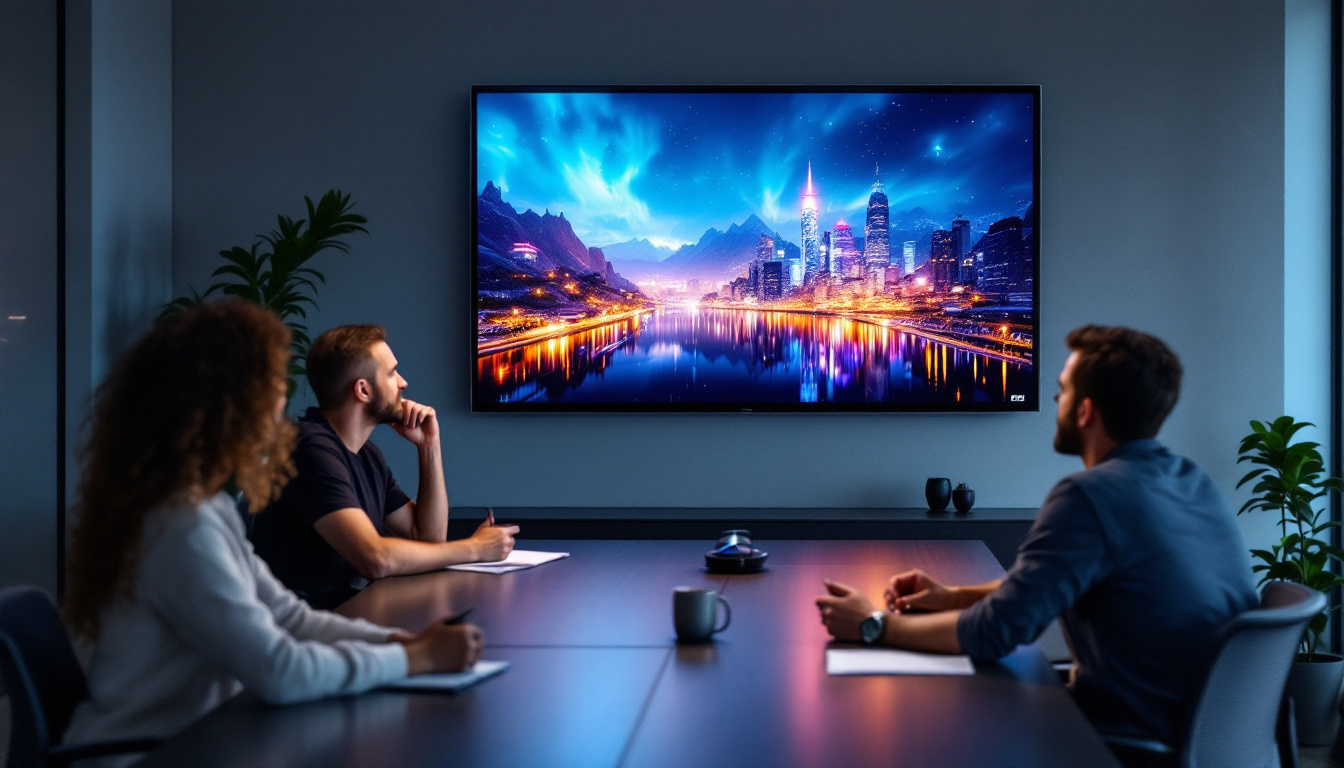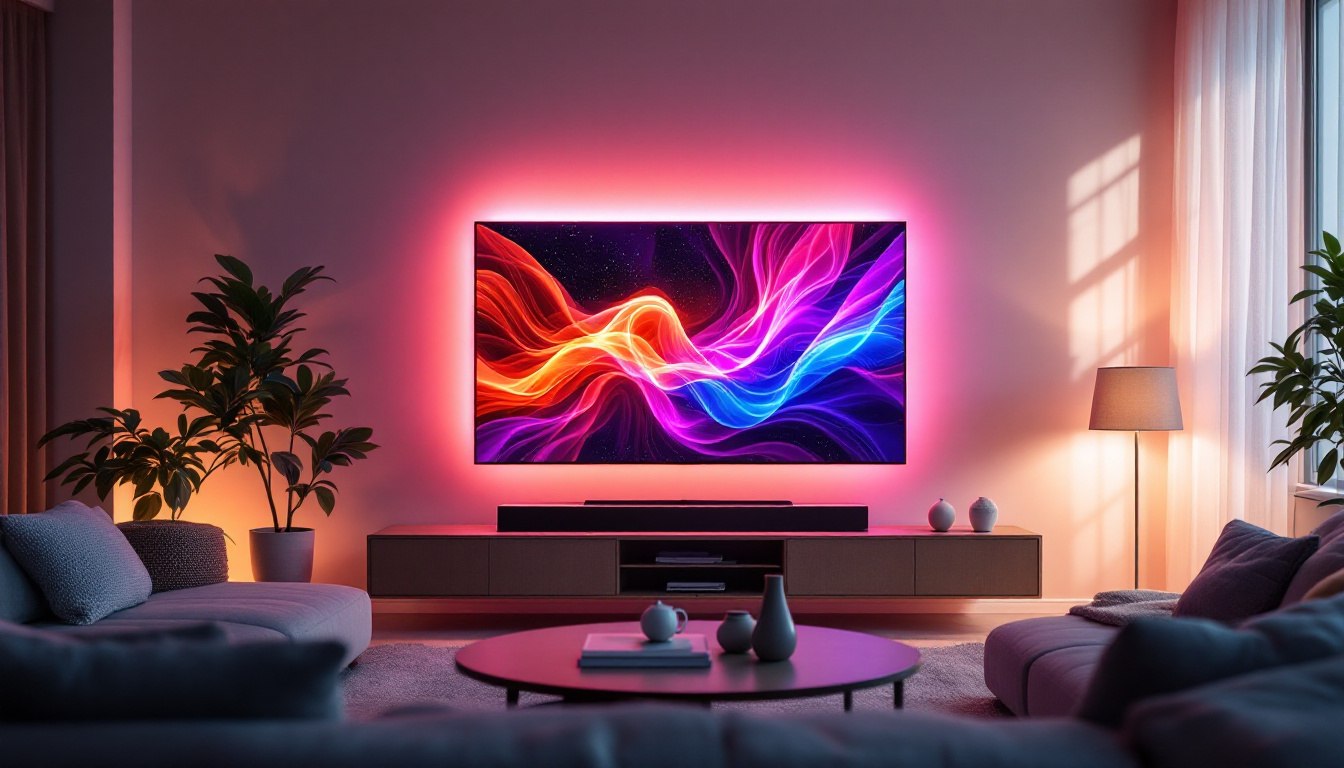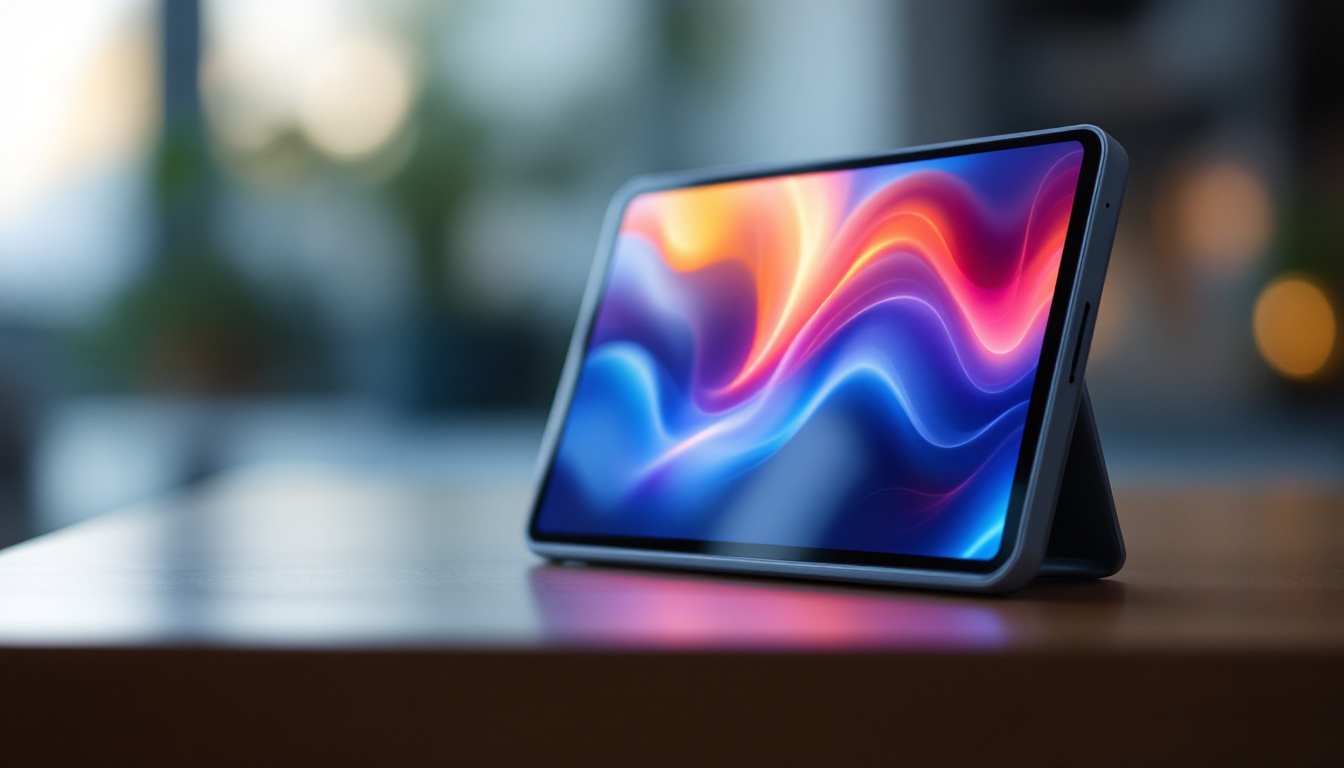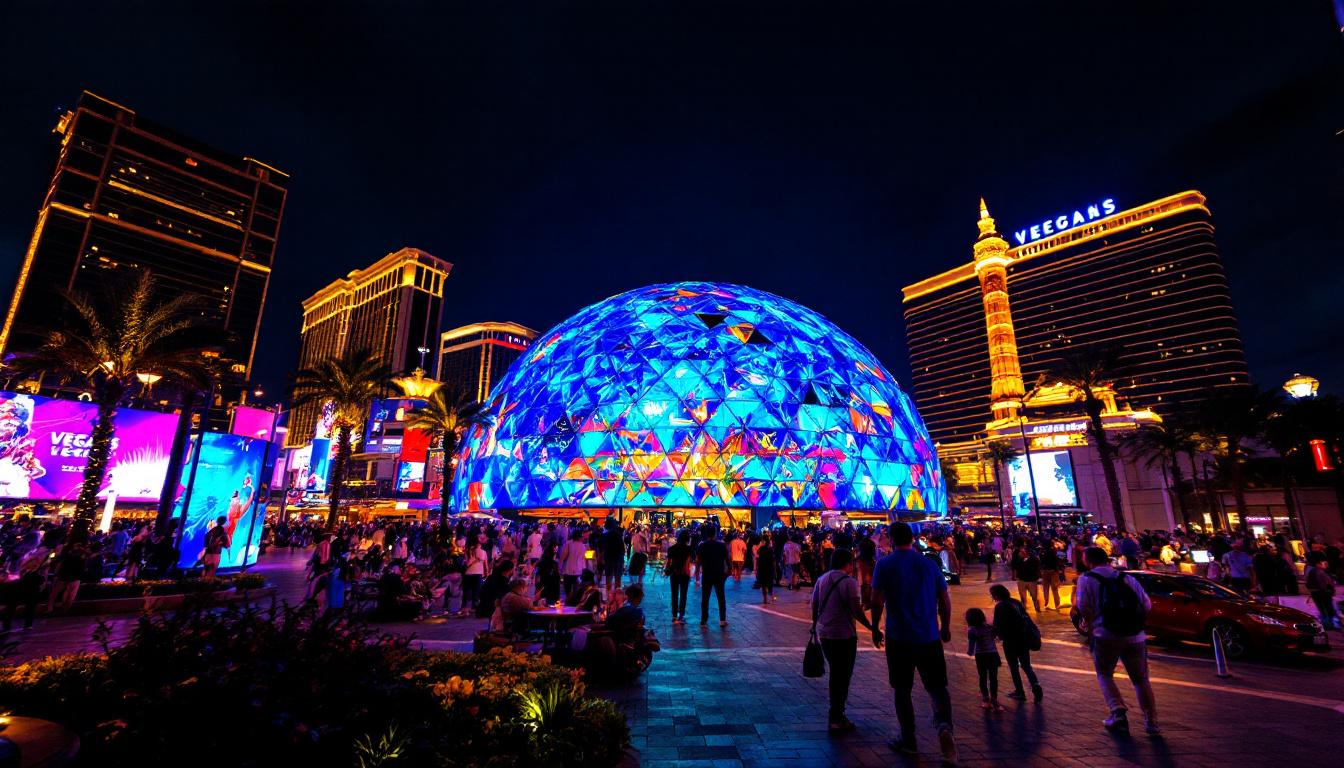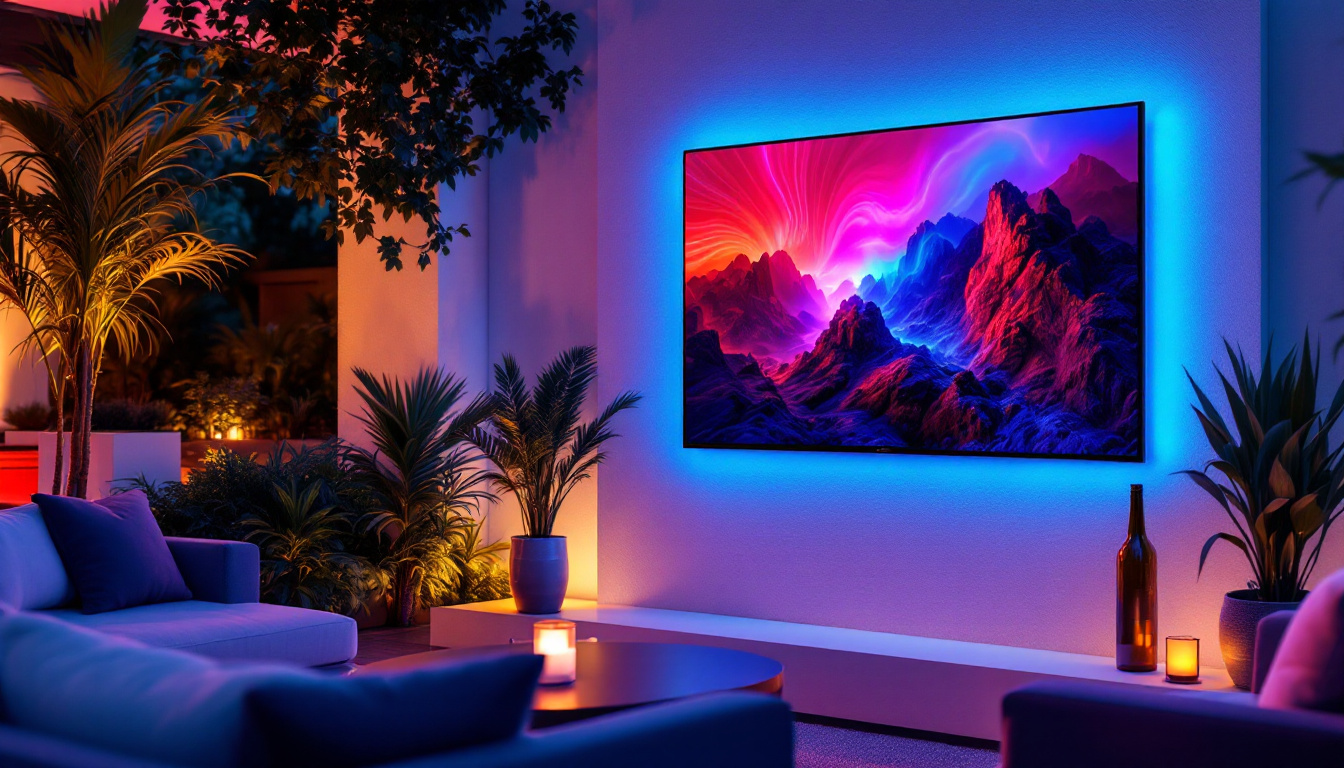In the realm of modern advertising and communication, media walls have emerged as a powerful tool for engaging audiences. These large-scale LED displays are not only visually striking but also versatile in their applications. Understanding the dimensions and specifications of media walls is essential for businesses and organizations looking to leverage this technology effectively. This article will delve into the various aspects of media wall dimensions, including their types, configurations, and considerations for installation.
Understanding Media Walls
Media walls are expansive displays composed of multiple LED panels that work together to create a cohesive visual experience. They are commonly used in retail environments, corporate settings, and event venues. The flexibility of media walls allows for a variety of content to be showcased, from advertisements to dynamic presentations. By seamlessly integrating various media formats, these walls can captivate audiences and enhance the overall atmosphere of a space, making them an invaluable tool for marketers and event planners alike.
In addition to their aesthetic appeal, media walls can also serve functional purposes, such as providing real-time information, wayfinding, or even interactive experiences. With advancements in technology, many media walls now incorporate touch capabilities or gesture recognition, allowing users to engage with the content directly. This interactivity not only draws in viewers but also encourages them to spend more time engaging with the displayed material, thereby increasing the effectiveness of the messaging.
Types of Media Walls
There are several types of media walls, each designed for specific purposes and environments. The most common types include:
- Indoor Media Walls: These are typically used in shopping malls, conference rooms, and exhibition spaces. They are designed to be viewed from a close distance and often feature higher pixel density for better image quality. Indoor media walls can also be customized with various frame styles and finishes to match the interior design of the venue, further enhancing the visual appeal.
- Outdoor Media Walls: Built to withstand the elements, outdoor media walls are larger and more robust. They are usually found in stadiums, outdoor advertising, and public spaces, and are designed for visibility from greater distances. These installations often incorporate weather-resistant materials and advanced cooling systems to maintain optimal performance in varying temperatures and conditions.
- Curved Media Walls: These walls can be configured in various shapes, including concave and convex designs, allowing for unique visual presentations that can enhance the viewer’s experience. Curved media walls can create immersive environments, drawing viewers into the content and making it feel more engaging and dynamic.
Key Features of Media Walls
When considering a media wall, several key features should be taken into account:
- Resolution: The clarity of the display is determined by its resolution, typically measured in pixels per square meter. Higher resolutions provide sharper images and are crucial for close-up viewing. In environments where detailed visuals are essential, such as Art galleries or high-end retail spaces, investing in a high-resolution media wall can significantly enhance the viewer’s experience.
- Brightness: Brightness levels are essential, especially for outdoor installations. Measured in nits, a higher brightness ensures visibility even in direct sunlight. This feature is particularly important for advertising, where capturing the attention of passersby can lead to increased foot traffic and sales.
- Viewing Angle: The angle at which the display can be viewed without loss of image quality is vital for audience engagement. Wider viewing angles are preferable for large crowds. This is especially relevant in venues like sports arenas or concert halls, where attendees may be seated at various angles relative to the screen.
Media Wall Dimensions
The dimensions of a media wall can vary significantly based on its intended use and location. Understanding these dimensions is crucial for effective planning and installation. The choice of dimensions not only influences the visual impact of the media wall but also its functionality in conveying information or entertainment to the audience.
Standard Sizes
Media walls come in a range of standard sizes, which can be customized to fit specific spaces. Common dimensions include:
- Small Media Walls: Typically range from 2×2 meters to 4×4 meters, suitable for indoor environments where space is limited. These compact walls are often used in retail settings or small conference rooms, allowing for dynamic displays without overwhelming the surroundings.
- Medium Media Walls: These usually measure between 5×5 meters and 10×5 meters, ideal for larger retail spaces and corporate events. They strike a balance between visibility and space, making them perfect for exhibitions or trade shows, where attracting attention is key.
- Large Media Walls: Often exceeding 10×5 meters, these are designed for outdoor use or large venues, providing maximum visibility. They are commonly seen at concerts, sports events, and festivals, where they can engage large crowds and enhance the overall experience.
Aspect Ratios
Aspect ratio is another critical factor in media wall dimensions. The most common aspect ratios include:
- 16:9: This widescreen format is prevalent for video content, making it suitable for most applications. Its versatility allows for a variety of content types, from advertisements to live broadcasts, ensuring that the message is delivered effectively.
- 4:3: Traditionally used for presentations and older media, this aspect ratio is less common in modern applications but still relevant in specific contexts. It may be preferred in educational settings where legacy content is still in use, providing a familiar format for viewers.
- Custom Ratios: Some media walls are designed with unique aspect ratios to fit specific architectural features or branding requirements. This customization can enhance the aesthetic appeal of the installation, allowing businesses to create a distinctive visual identity that resonates with their target audience.
In addition to size and aspect ratio, the resolution of the media wall is a vital consideration. Higher resolution displays, such as 4K or even 8K, ensure that images and videos appear sharp and vibrant, which is essential for attracting attention in crowded environments. The choice of resolution often depends on the viewing distance; closer viewers benefit from higher resolutions to appreciate finer details, while larger, lower-resolution displays might suffice for audiences viewing from afar. Furthermore, the technology used in the media wall—such as LED or LCD panels—can also influence the overall effectiveness of the display, with LED walls typically offering better brightness and contrast ratios, making them ideal for outdoor settings.
Installation Considerations
Installing a media wall involves several considerations that can impact its effectiveness and longevity. Proper planning is essential to ensure optimal performance.
Location and Environment
The location of the media wall plays a significant role in its design and dimensions. Factors to consider include:
- Indoor vs. Outdoor: Outdoor installations require more robust materials and higher brightness levels to combat sunlight, while indoor walls can focus on resolution and viewing angles.
- Space Constraints: The available space will dictate the size and configuration of the media wall. It’s essential to measure the area accurately to avoid installation issues.
Structural Support
Media walls can be heavy, especially larger models. Therefore, adequate structural support is crucial. This may involve:
- Wall-Mounted Installations: For smaller media walls, securing them to existing walls can be effective, provided the wall can support the weight.
- Free-Standing Structures: Larger installations may require custom-built frames or stands to ensure stability and safety.
Content Management and Flexibility
Once a media wall is installed, managing the content displayed is key to maintaining audience engagement. The flexibility of content management systems (CMS) allows for dynamic updates and scheduling.
Content Management Systems
A robust CMS is essential for controlling what is displayed on the media wall. Features to look for include:
- User-Friendly Interface: A simple interface allows for quick updates and changes to content without requiring extensive technical knowledge.
- Remote Access: The ability to manage content remotely is crucial for organizations that need to make updates on the fly.
Dynamic Content Options
Media walls can display a variety of content types, including:
- Video: High-quality video content can captivate audiences and convey messages effectively.
- Images: High-resolution images can enhance branding and promotional efforts.
- Live Data Feeds: Integrating live data, such as social media feeds or news updates, can keep content fresh and relevant.
Future Trends in Media Walls
The technology behind media walls is continually evolving, and staying informed about future trends can help organizations make informed decisions.
Advancements in LED Technology
Recent advancements in LED technology are leading to brighter, more energy-efficient displays. Key trends include:
- MicroLED: This cutting-edge technology offers superior color accuracy and brightness, making it ideal for High-end applications.
- Flexible Displays: Innovations in flexible LED technology allow for creative installations that can fit various architectural designs.
Integration with Augmented Reality (AR)
As AR technology continues to develop, its integration with media walls is becoming more common. This can enhance viewer engagement by:
- Interactive Experiences: Allowing audiences to interact with content in real-time, creating a more immersive experience.
- Enhanced Storytelling: Using AR to overlay digital information on physical environments can create compelling narratives that captivate viewers.
Conclusion
Media walls represent a significant advancement in visual communication, offering businesses and organizations a dynamic way to engage their audiences. Understanding the dimensions, features, and installation considerations of media walls is crucial for maximizing their potential. As technology continues to evolve, staying abreast of trends will ensure that media walls remain a relevant and effective tool in the digital landscape.
Whether for advertising, corporate presentations, or public information, the strategic use of media walls can transform how messages are conveyed and received. Investing in the right technology and planning for the future will enable organizations to harness the full power of this innovative display solution.
Discover LumenMatrix LED Display Solutions
Ready to elevate your visual communication strategy with cutting-edge LED technology? Explore LumenMatrix’s comprehensive range of LED display solutions, from vibrant Indoor and Outdoor LED Wall Displays to innovative Custom and All-in-One LED Displays. Our mission is to empower your brand with displays that captivate and engage. Don’t miss the opportunity to transform your space and create unforgettable experiences. Check out LumenMatrix LED Display Solutions today and bring your message to life with clarity and impact.

